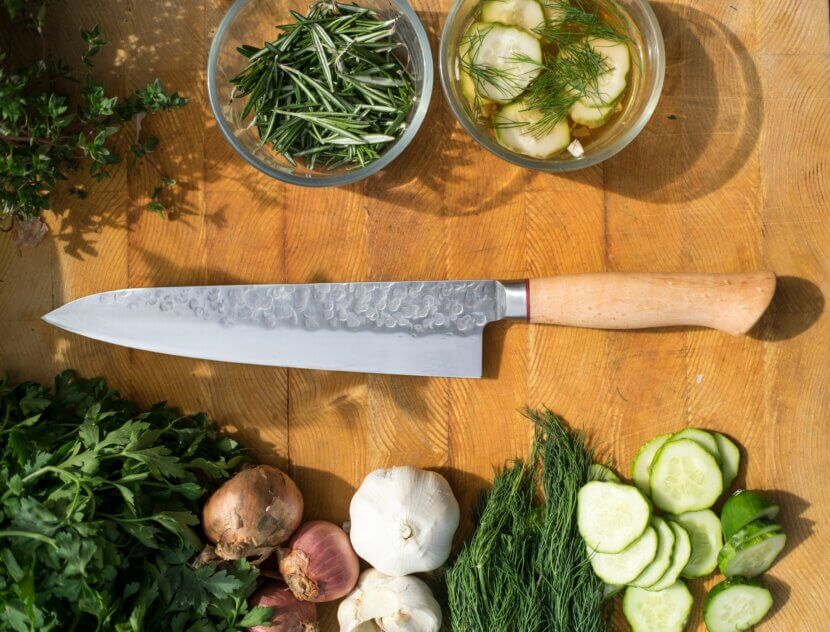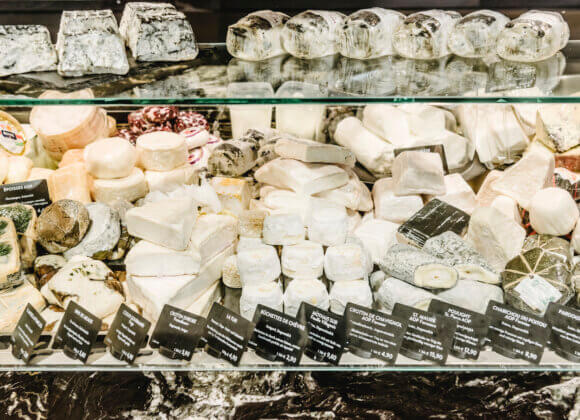A sharp knife is more than just a tool in the kitchen – it stands for precision, enjoyment and, last but not least, safety. “With blunt knives, you have to use more force and can’t make a controlled cut. This makes it easier to injure yourself,” says Wolfgang Hess, Sales Manager of the renowned Swedish company Tormek, which has specialized in the professional sharpening of cutting tools for over 50 years. With almost 20 international patents, the company is one of the leading brands in the field of high-quality sharpening systems. We spoke to the expert about myths, methods and the most common mistakes when sharpening knives.
Mr. Hess, how can I tell if my knife needs sharpening?
As soon as a knife loses its sharpness, it can be temporarily sharpened with a sharpening rod or a honing leather. If this effect is no longer sufficient or the knife shows clear signs of wear, a new basic sharpening is required.
What methods are there for properly sharpening a knife and how do they differ?
A sharpening rod only straightens the cutting edge – this is not real sharpening. Sharpening stones, on the other hand, require a lot of practice. Pull-through sharpeners often work imprecisely as they only offer a few angle options. With the T-1 Kitchen Knife Sharpener*, we at Tormek have developed a device that allows professional sharpening with individual angle selection. The knife is sharpened with a fine-grained diamond grinding wheel and then honed on a honing wheel made of composite material. The result: razor sharpness with minimal material removal.
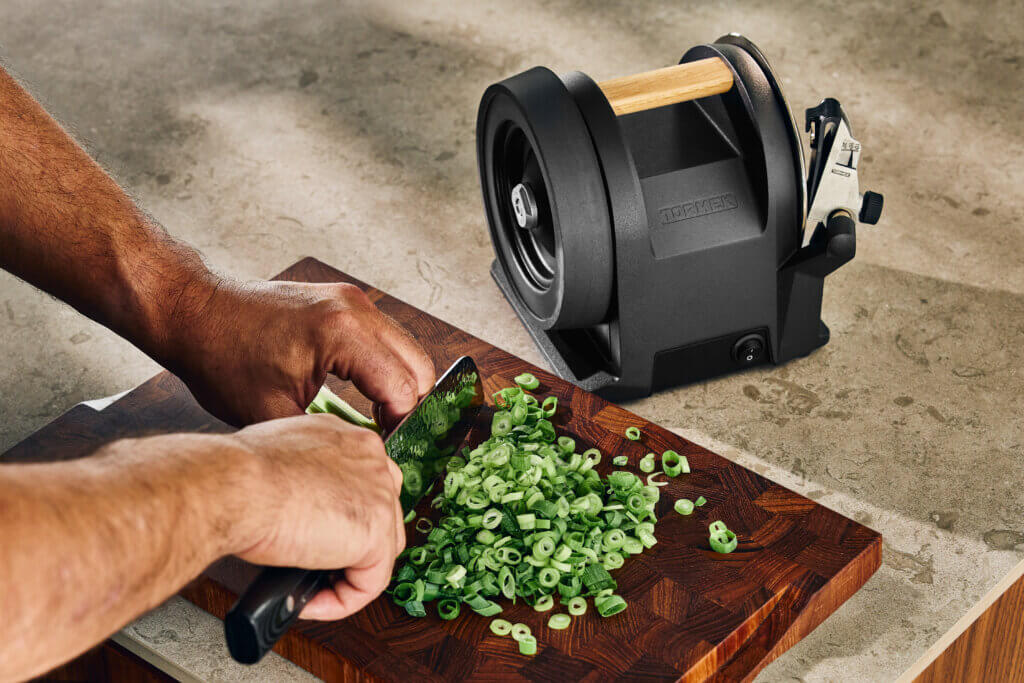
How often should you sharpen a knife?
A good basic grind lasts a long time and regular honing helps to maintain sharpness. The less material is removed, the more frequently the knife can be sharpened without premature wear.
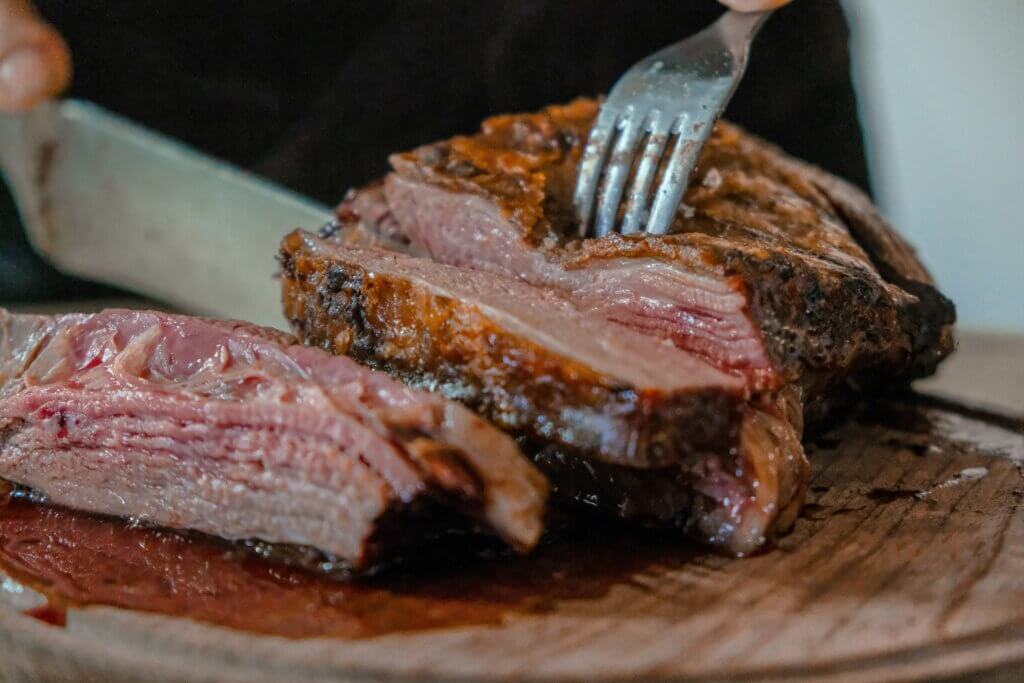
And which grinding angles do you recommend?
We recommend retaining the existing angle – this is gentle on the material and extends the service life of the blade. This is usually around 17 degrees, which is ideal for European kitchen knives. As a general rule: Smaller angles cut sharper, larger angles are more robust.
How long does a sharpening process take – and how do I know when my knife is sharp again?
Grind until a burr has formed across the entire cutting edge on the opposite side. This is the sign that the entire bevel has been ground.
What is the most common mistake when sharpening knives?
Many people confuse honing with sharpening. A sharpening steel improves cutting performance in the short term, but does not replace basic sharpening. Many people also put off sharpening for too long. The biggest mistake, however, is not sharpening at all – for fear of damaging the knife.
What other mistakes can you make?
A common mistake is not to clean the knife before sharpening. It should always be clean so that grinding particles do not stick to it. After sharpening, it is sufficient to wipe the knife with a cloth. And: Many people are irritated by minor damage – smaller “hacks” can be easily repaired with the fine-grained wheel, larger ones require a little patience.
Can serrated knives, such as bread knives, also be sharpened?
Not really. They can be freshened up a little with the honing wheel, but a proper polish is not possible.
At what point is regrinding no longer worthwhile?
A knife can be sharpened as long as there is still enough steel left. Only when the blade has been greatly reduced in size by many sharpening processes does it make sense to replace it.
And how do I store knives properly so that they stay sharp for longer?
It is best stored in a drawer with separate compartments, on a magnetic strip or in a knife block – with the tip of the blade pointing upwards or the spine pointing downwards. Important: Do not put in the dishwasher and dry immediately after washing. Blades made of non-stainless steel are best protected from oxidation with camellia oil.
In a nutshell: A sharp knife not only increases cooking comfort, but also protects against injuries. If you maintain it regularly and sharpen it using the right method, you will be rewarded with long-lasting precision – without the need for a professional workshop.
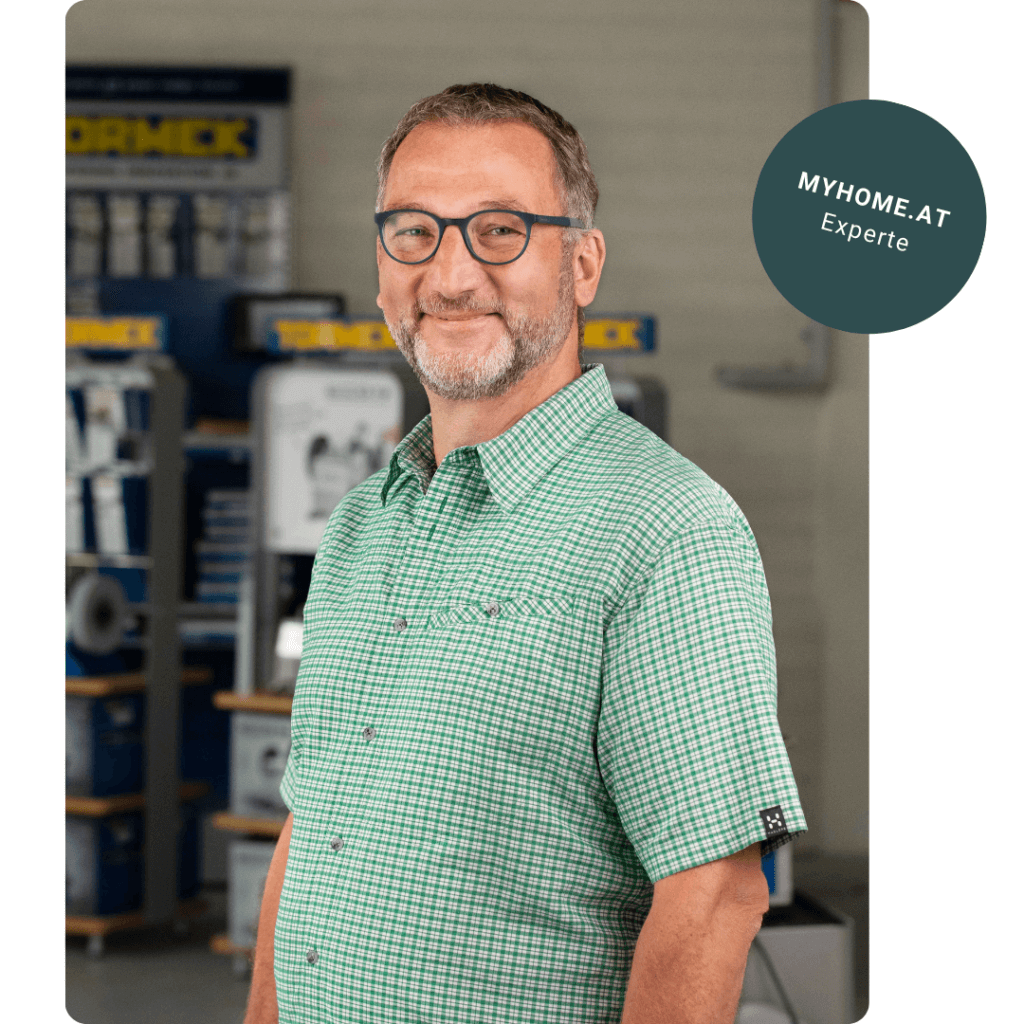
Website: https://tormek.com/
Photos: Tormek or Unsplash
Here you can find the Tormek T-1 on Amazon*
*The links marked with an asterisk (“*”) are affiliate links. As an Amazon partner, we earn from qualified sales. Of course, this does not change the price for you.
Related posts:


